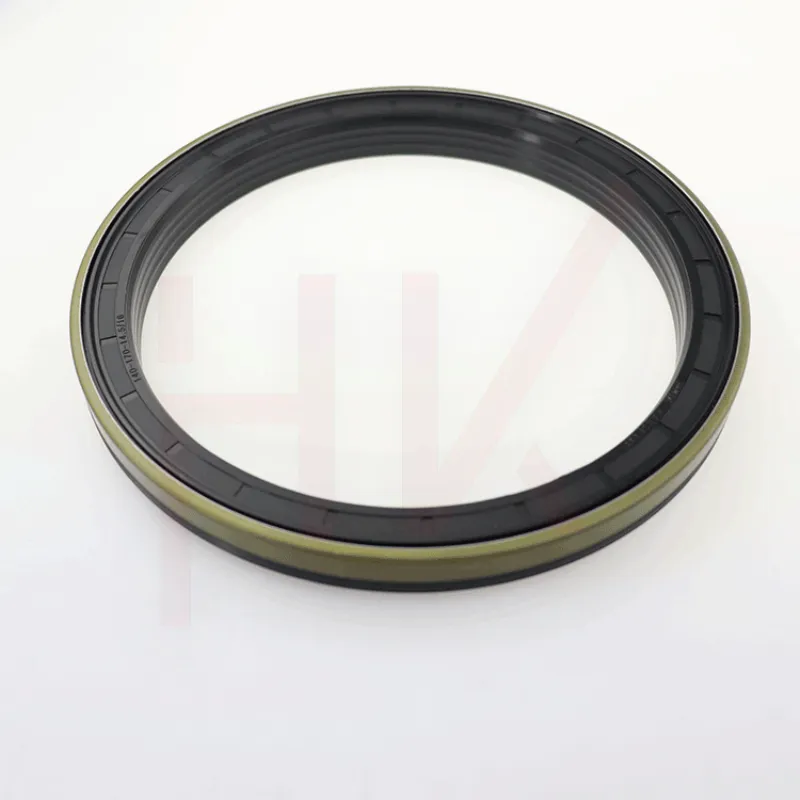10 月 . 15, 2024 12:20 Back to list
Rear Hub Seal Maintenance Tips for Optimal Performance and Longevity
Understanding Rear Hub Seals Importance, Maintenance, and Replacement
When it comes to vehicle maintenance, certain components often go unnoticed until something goes wrong. One such part is the rear hub seal. While it may not be at the forefront of the average car owner's mind, the rear hub seal plays a critical role in ensuring the longevity and efficiency of a vehicle's drivetrain. This article delves into the importance of rear hub seals, common issues associated with them, and tips for maintenance and replacement.
What is a Rear Hub Seal?
A rear hub seal is a rubber or synthetic seal located at the rear wheels of a vehicle. Its primary function is to prevent lubricant from leaking out of the wheel hub while simultaneously keeping dirt and moisture from entering the hub assembly. These seals are crucial for maintaining the integrity of the wheel bearings, which support the weight of the vehicle and facilitate smooth wheel rotation.
Importance of Rear Hub Seals
1. Preventing Lubrication Loss The wheel hub contains grease or lubricant that facilitates smoother wheel rotation and minimizes friction between moving parts. A compromised seal can lead to the loss of this lubricant, resulting in increased wear and tear.
2. Protecting Against Contaminants Dust, dirt, and water can be detrimental to the performance of wheel bearings. A functioning rear hub seal prevents these contaminants from entering the hub assembly, significantly extending the lifespan of the bearings.
3. Promoting Safety Worn or damaged hub seals can lead to bearing failure. If the bearings fail, it can compromise wheel performance, leading to potential safety hazards while driving.
Common Issues with Rear Hub Seals
Over time, even the best rear hub seals can wear out due to environmental factors, regular wear and tear, or improper installation. Some common issues include
- Cracking or Dry Rot Exposure to extreme temperatures and UV rays can cause the rubber material of the seal to crack or become inflexible, leading to leaks. - Misalignment If a seal is not installed correctly, it may not sit properly against the hub, allowing lubricant to escape or contaminants to enter.
- Wear and Tear Continuous use can result in the degradation of the seal material, necessitating replacement.
rear hub seal

Maintenance Tips
To prolong the life of your rear hub seals and prevent issues, regular maintenance is essential. Here are some tips
1. Regular Inspections Check the rear hub seals during routine maintenance. Look for signs of leakage, cracks, or any physical damage.
2. Lubrication Checks Ensure that the wheel bearings are adequately lubricated. This not only helps the seals function correctly but also keeps the bearings in good condition.
3. Environmental Considerations If you frequently drive in muddy or wet conditions, consider inspecting your rear seals more often to catch potential issues early.
Replacement
If your rear hub seal has been damaged or has begun to leak, replacement is necessary. Here are the steps typically involved
1. Remove the Wheel Start by safely lifting the vehicle and removing the rear wheel. 2. Disassemble the Hub Assembly Carefully take off the hub assembly to access the seal.
3. Replace the Seal Remove the old seal and install a new one. Ensure it fits snugly and is positioned correctly.
4. Reassemble and Test Put the assembly back together, reattach the wheel, and test drive the vehicle to ensure there are no leaks.
Conclusion
The rear hub seal may be a small component, but its significance in the overall function of your vehicle cannot be overstated. Regular inspections and timely replacements can save drivers from costly repairs and enhance the longevity and safety of their automobiles. As with all vehicle maintenance, keeping an eye on these often-overlooked parts can contribute to a smoother and safer driving experience.
-
The Power of Advanced Sealing: High-Pressure Solutions for Modern Machinery
NewsOct.29,2024
-
Optimizing Machinery with High-Performance Oil Seals
NewsOct.29,2024
-
Maximizing Machinery Efficiency with Advanced Oil Seals
NewsOct.29,2024
-
Ensuring Equipment Longevity with Quality Oil Seals
NewsOct.29,2024
-
Enhance Equipment Performance with Quality Oil Seals
NewsOct.29,2024
-
Custom Oil Seals for Specialized Machinery Needs
NewsOct.29,2024
-
The Role of Wiper Seals in Dust Sealing and Oil Protection
NewsOct.20,2024
Products categories
















